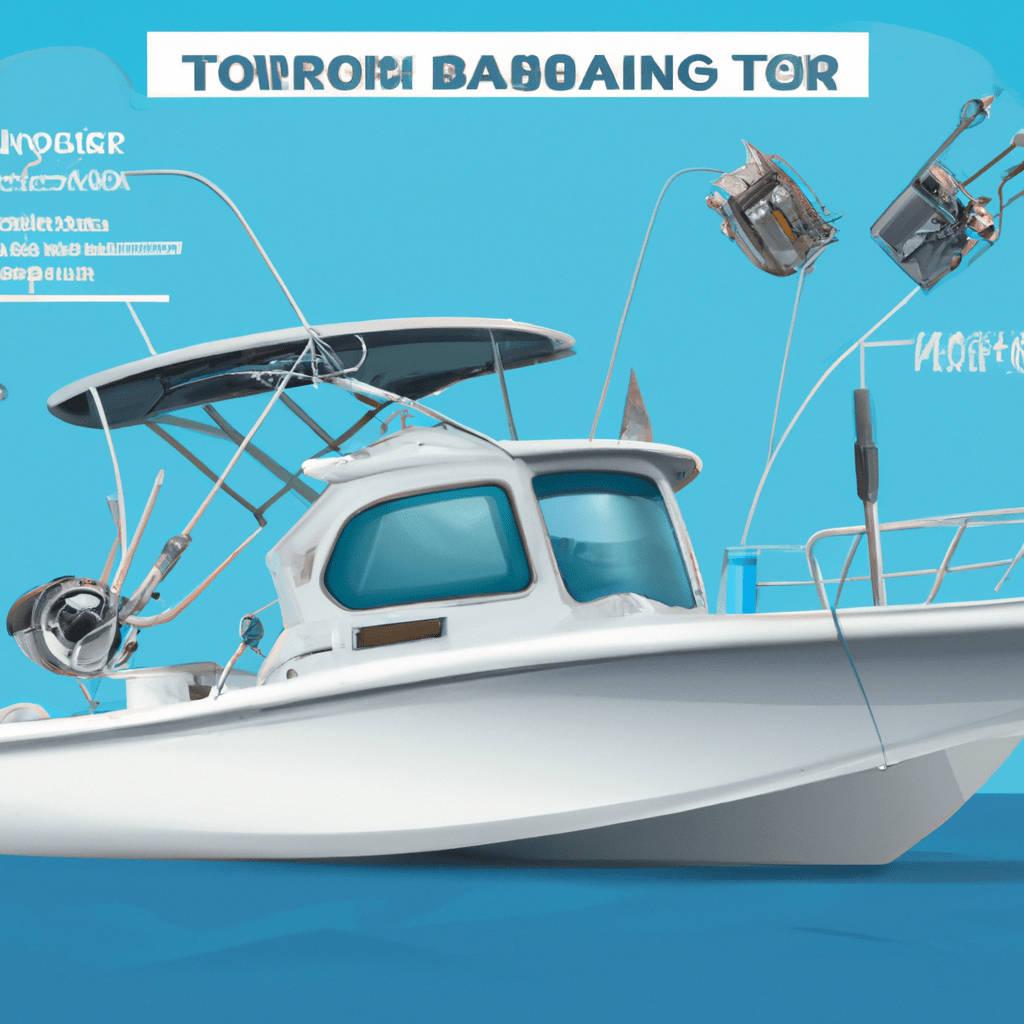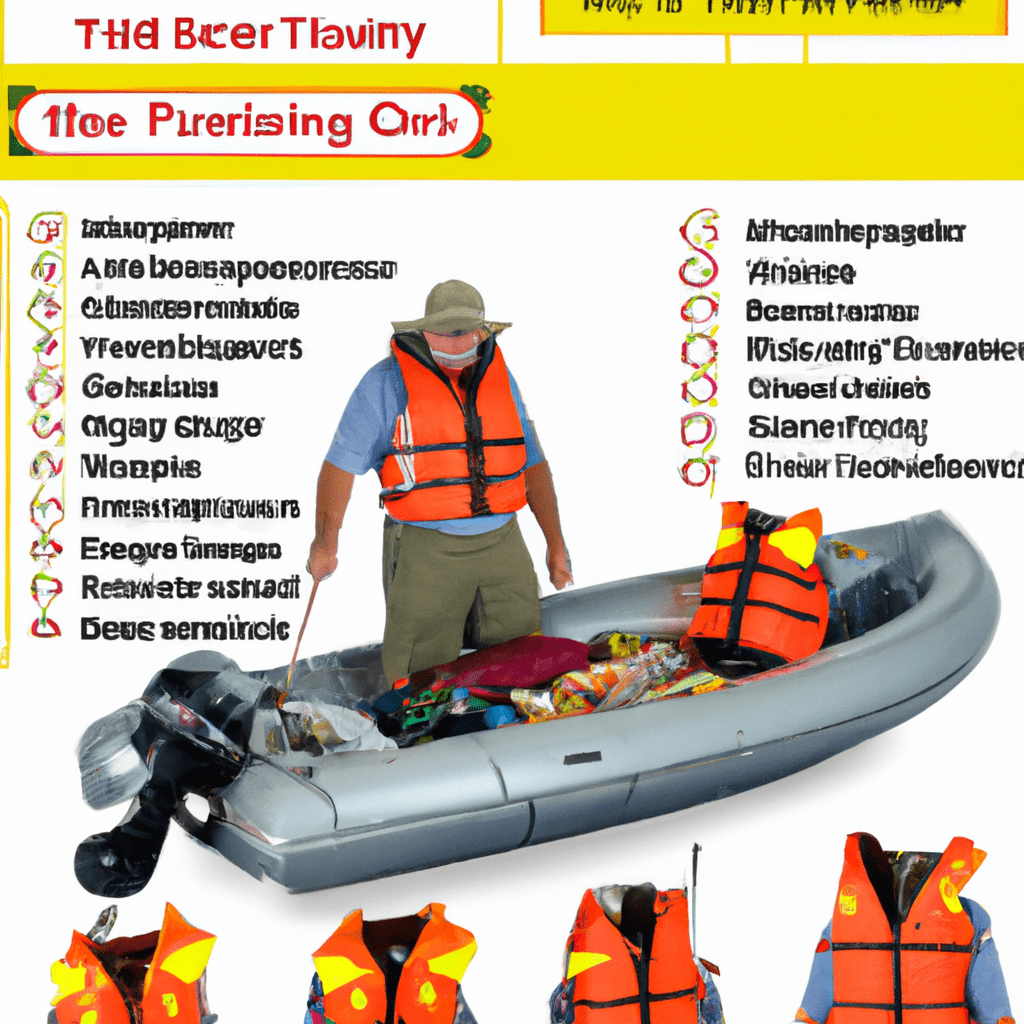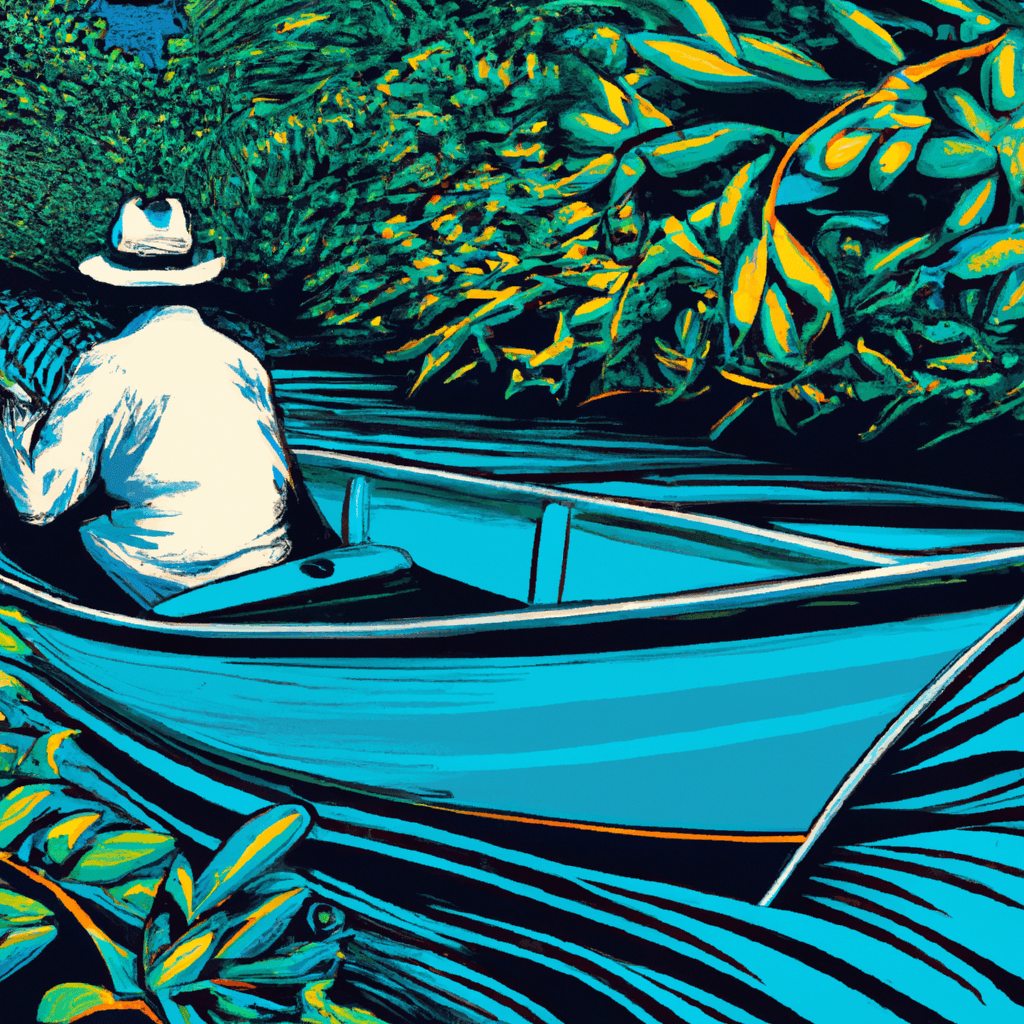Imagine yourself out on the open water, the sun reflecting off the waves, as you embark on an exhilarating adventure in search of the mighty tarpon.
To ensure a successful and safe fishing experience, it is crucial to understand the best boat practices for tarpon fishing.
From selecting the right boat to mastering maneuvering techniques, this article will provide you with the essential knowledge and skills needed to make the most of your tarpon fishing expedition.
So grab your gear and get ready to reel in the thrill!
Selecting the Right Boat for Tarpon Fishing

You should definitely consider purchasing a boat with enough storage space for all your tarpon fishing gear. When it comes to selecting the right boat for tarpon fishing, storage is key.
A boat with ample storage will allow you to keep your fishing equipment organized and easily accessible. It’s important to have designated compartments for your rods, reels, lures, and other essential items. This won’t only make your fishing experience more enjoyable but also help with boat maintenance.
Proper storage will protect your gear from damage and keep everything in its place, preventing any accidents while out on the water. Additionally, having enough storage space will ensure that you have room for any additional equipment or supplies that you may need for a successful tarpon fishing trip.
Proper Boat Setup for Tarpon Fishing

Make sure to properly secure your gear and equipment in the boat for a successful tarpon fishing trip.
Before heading out, it’s important to ensure that your boat is in good condition and well-maintained. Check the engine, fuel levels, and battery to avoid any unexpected issues while on the water. Inspect the boat for any loose fittings or leaks, and make any necessary repairs beforehand.
When it comes to bait selection, live bait is often the most effective choice for tarpon fishing. Consider using live mullet, crabs, or shrimp, as these are the preferred prey of tarpon. Keep your bait fresh and lively by using a well-aerated baitwell. Remember to handle the bait with care to maintain its optimal condition.
Essential Safety Measures for Tarpon Fishing on a Boat

Before venturing out on your tarpon fishing trip, it’s crucial to implement essential safety measures on your boat. Ensuring the safety of yourself and others on board is of utmost importance.
Firstly, make sure that you have all the necessary tarpon fishing gear, including life jackets, first aid kits, and emergency flares. It’s also important to familiarize yourself with the boat’s safety equipment, such as fire extinguishers and navigation lights.
When it comes to tarpon fishing techniques, always practice proper casting and reeling techniques to avoid accidents. Keep a safe distance from other boats and obstacles in the water to prevent collisions.
Additionally, be aware of the weather conditions and have a plan in place in case of emergencies. By following these safety measures, you can enjoy your tarpon fishing adventure with peace of mind.
Maneuvering Techniques for Tarpon Fishing in Different Conditions

When tarpon fishing in different conditions, adapt your maneuvering techniques to maximize your chances of success. Tackling tides is crucial for navigating different tide conditions while tarpon fishing. Understanding the movement and direction of the tides can help you position your boat in the right spot to intercept the tarpon. During incoming tides, tarpon tend to move closer to the shore, so positioning yourself near structures or drop-offs can increase your chances of hooking a tarpon. On the other hand, during outgoing tides, tarpon may be found in deeper waters, so adjusting your approach is essential. Additionally, wind tactics play a significant role in maneuvering for tarpon fishing. When faced with windy conditions, it is important to use the wind to your advantage. Drifting with the wind can help you cover more ground and locate schools of tarpon. However, be cautious of strong winds that may make it difficult to control your boat. By adjusting your maneuvering techniques to tackle tides and utilize wind tactics, you can enhance your chances of a successful tarpon fishing expedition.
| Tackling Tides | Wind Tactics |
|---|---|
| Understand tide movement and direction | Use wind to your advantage |
| Position boat near structures or drop-offs during incoming tides | Drift with the wind to cover more ground |
| Adjust approach during outgoing tides | Be cautious of strong winds |
Best Practices for Landing and Releasing Tarpon From a Boat

To ensure the safety and well-being of the tarpon, always handle them gently and release them promptly after landing.
When landing a tarpon from a boat, it’s crucial to have the right equipment and follow proper techniques. Firstly, make sure you have a sturdy landing net with a wide opening to accommodate the size of the tarpon.
When the tarpon is close to the boat, carefully lead it into the net headfirst. Avoid using gaffs or other sharp instruments that can cause injury.
Once the tarpon is in the net, quickly lift it out of the water, supporting its weight evenly. Avoid squeezing or applying excessive pressure on the fish.
To release the tarpon, gently slide it back into the water, making sure it’s upright and able to swim away.
Frequently Asked Questions
What Is the Best Type of Fishing Line to Use for Tarpon Fishing?
The best fishing line for tarpon fishing is a strong and durable braided line. It has a high tensile strength and low stretch, allowing you to easily handle the powerful jumps and runs of tarpon.
How Can I Prevent My Boat From Drifting Too Much While Tarpon Fishing?
To prevent your boat from drifting too much while tarpon fishing, focus on boat stability and anchoring techniques. Properly distribute weight, lower your center of gravity, and utilize anchor systems like drift socks or anchor poles.
Are There Any Specific Regulations or Permits Required for Tarpon Fishing From a Boat?
To tarpon fish from a boat, you need to be aware of specific regulations and permits. These requirements ensure responsible fishing practices and conservation. Here are the best boat practices to follow while tarpon fishing.
What Are Some Tips for Finding and Locating Tarpon Hotspots From a Boat?
To effectively locate tarpon hotspots, use these tips: scan the water for rolling fish, look for baitfish schools, and observe feeding birds. Maneuver your boat slowly and quietly, keeping a safe distance to avoid spooking the tarpon.
How Can I Safely Handle and Release a Tarpon Without Causing Harm to the Fish or Myself?
To safely handle and release a tarpon without harm, follow these catch and release techniques. Use a rubberized landing net, wet your hands before handling, support the fish horizontally, and remove the hook gently.

